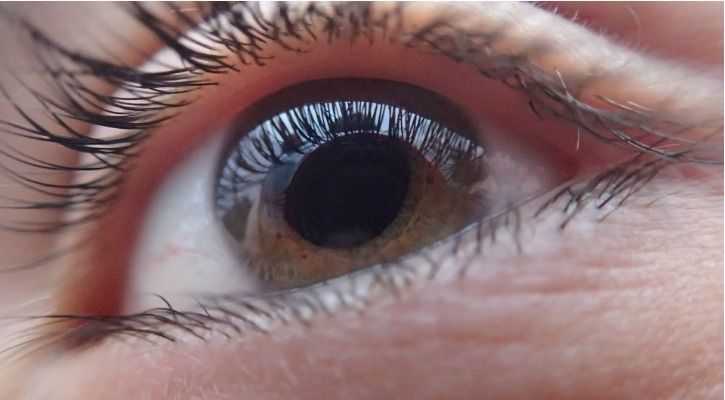This "Nanoparticle" Eyedrop Will Soon Make You Throw Away Your Eye Lenses & Spectacles Forever
12 March, 2018

We’ve talked about how high-tech smart glasses can give blind people the ability to see, and it’s really amazing to see the kind of technology that can change a life like that.
But what if you could find a better way to fix blindness, rather than develop technology to just mitigate it?
That may actually be possible, according to new research from Israel’s Shaare Zedek Medical Center and Bar-Ilan University. And it’s not some kind of revolutionary surgery method. No, they’re talking about eye drops that could let the blind see.
A team of ophthalmologists at these institutes have invented and tested something they’re calling “nanodrops”. Combined with a laser treatment, the team says it can lead to improvements in both short and long-sightedness (myopia and presbyopia). In fact, it’s gone so well they’re actually beginning human clinical trials later this year.
“The invention includes three parts,” Zeev Zalevsky who worked on the project, told Digital Trends. The first involves an app on the person’s smartphone that measures their eye refraction. Next, a laser pattern is created on the surface of their cornea, with the microsurgery taking less than a second to carry out. After that, they use the “special nanoparticles” eyedrops, as Zalevsky calls them.
“These nanoparticles go into the shallow ablated patterns generated on the surface of the cornea,” he said. “They change the refraction index inside of those patterns. This corrects the visual problem the user has. The process of correction can be done at home without the need of a medical doctor.”
This method is vastly different from traditional laser surgery, which removes a significant portion of the cornea. With the team’s new method, only an upper layer of it is affected in anyway. That means it’s not only safer and can be carried out without medical supervision, it should also be more effective than current methods.
Unfortunately, because there’s such a small change made to the cornea it will actually heal over time, which means the improvements in sight will subside. For that reason, patients will have to repeat this process themselves every one to two months.
TAG(s):
